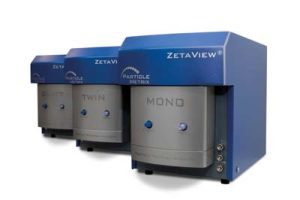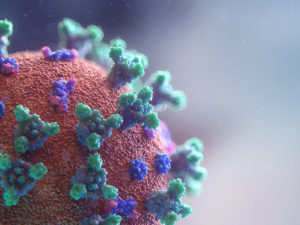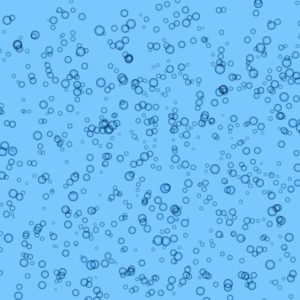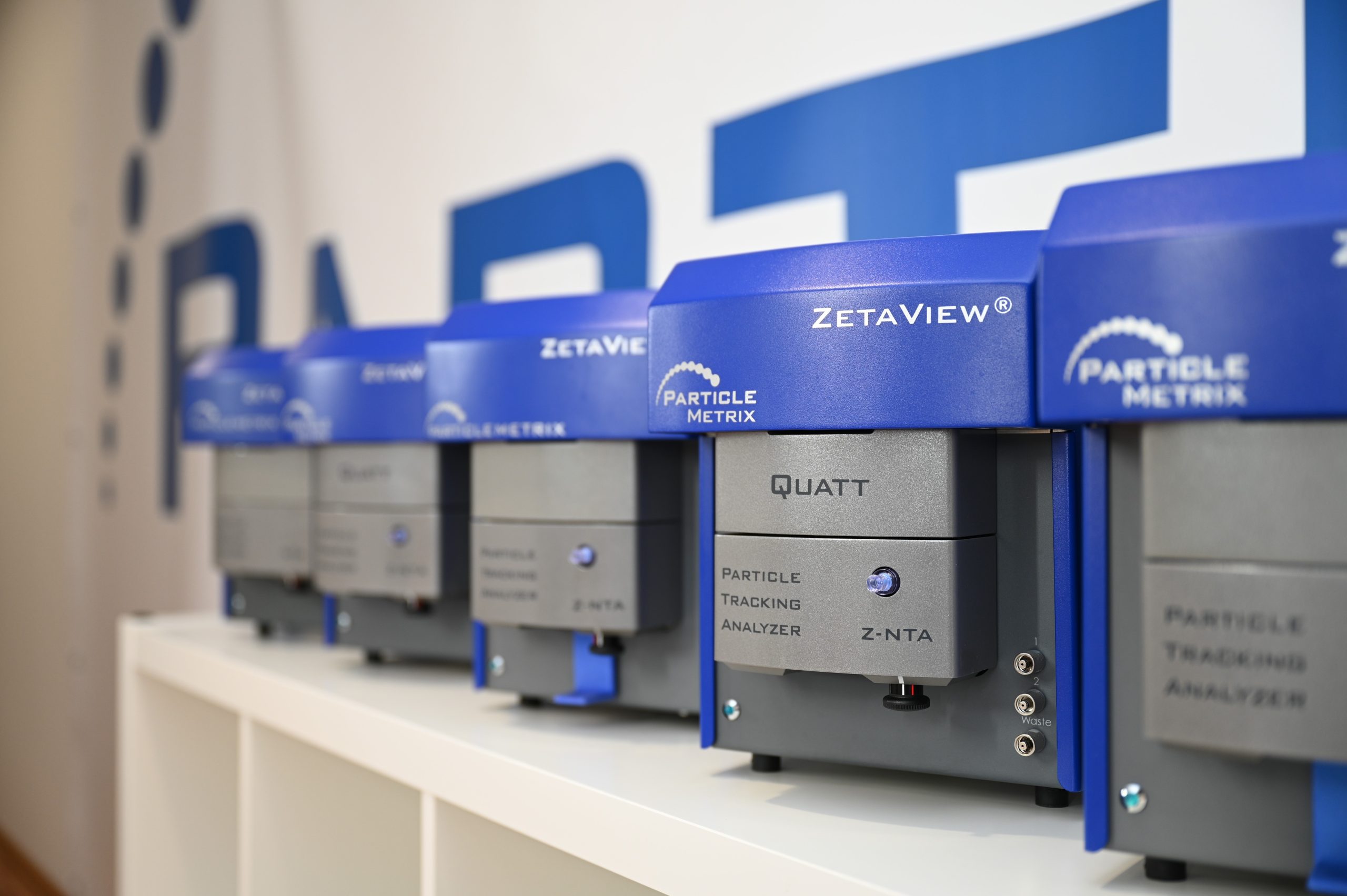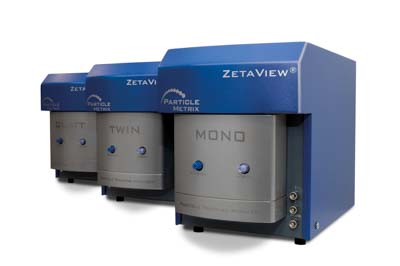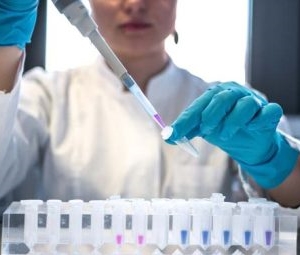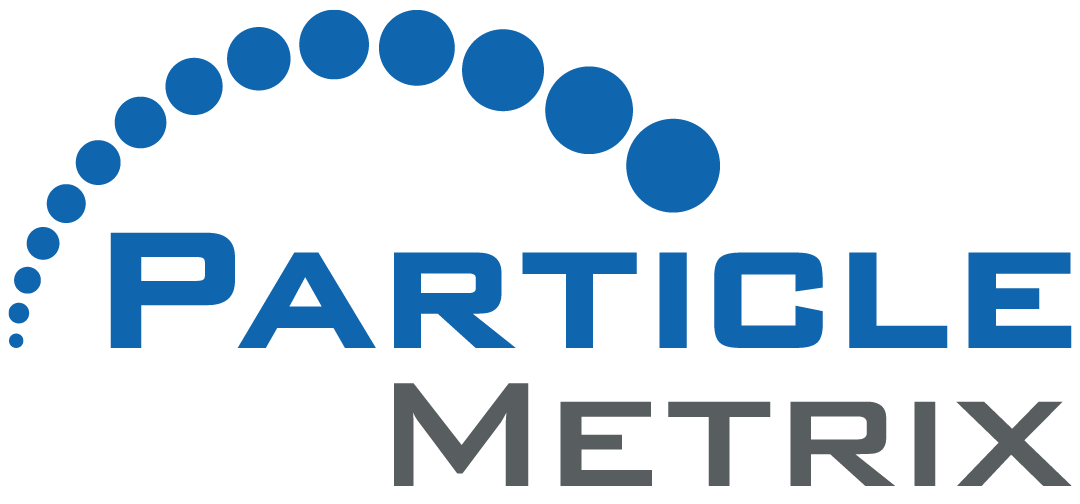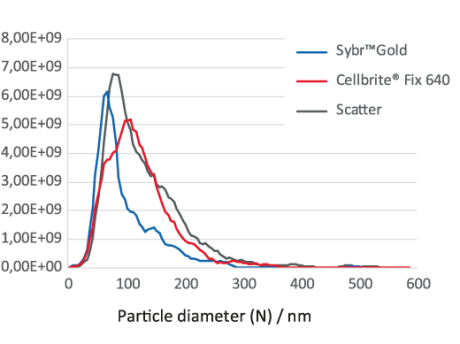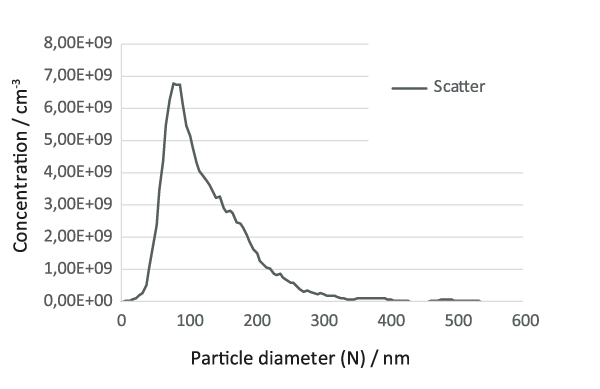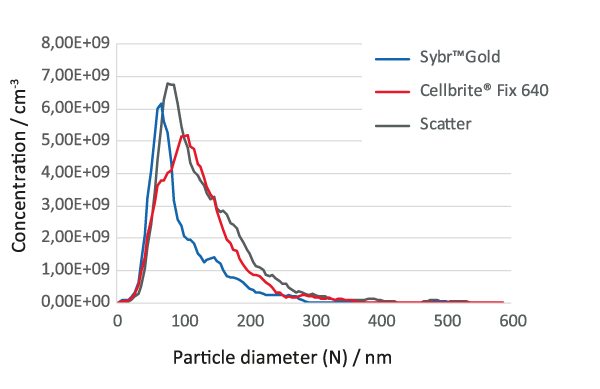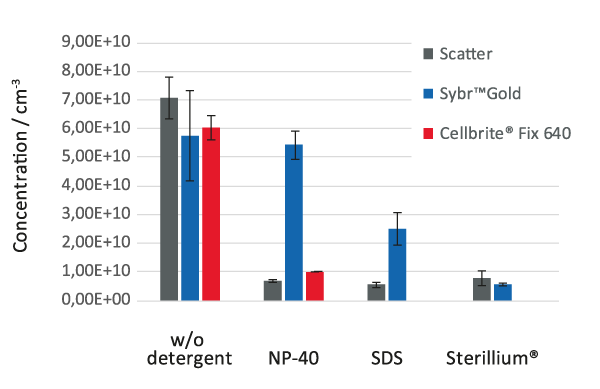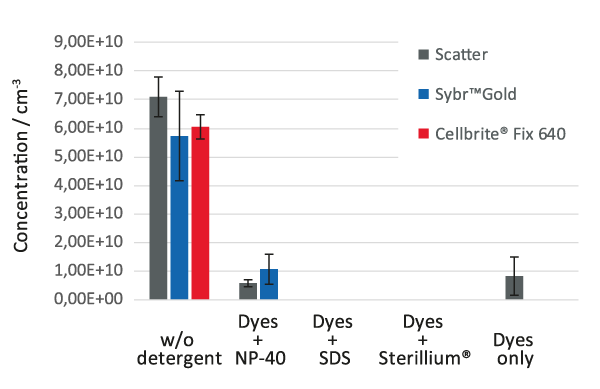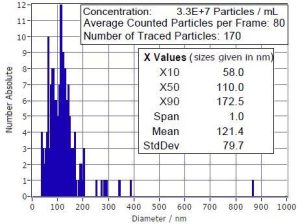1. LaBarre, D.D., & Lowy, R.J. Improvements in methods forcalculating virus titer estimates from TCID50 and plaque assays. J Virol Methods. 2001 Aug;96(2):107-26. doi: 10.1016/s0166-0934(01)00316-0.
2. Bramhachari, P.V., Sheela, G.M., Prathyusha, A. M. V. N., Madhavi, M., K. Satish Kumar, K.S., Rao Reddy, N.N., and Chanda Parulekar Berde, C.P. (2020). Advanced Immunotechnological Methods for Detection and Diagnosis of Viral Infections: Current Applications and Future Challenges. In: Bramhachari, P. (eds) Dynamics of Immune Activation in Viral Diseases. Springer, Singapore. https://doi.org/10.1007/978-981-15-1045-8_17
3. Chengfeng Lei, Jian Yang, Jia Hu, Xiulian Sun On the Calculation of TCID50 for Quantitation of Virus Infectivity; Virol Sin. 2021 Feb; 36(1): 141–144.
4. Sastry, L., Johnson, T., Hobson, M. J., Smucker, B., & Cornetta, K. Titering lentiviral vectors: comparison of DNA, RNA and marker expression methods. Gene Therapy 2002; 9, 1155—1162.
5. Forghani, B., Hurst, J. W., & Shell, G. R. Detection of the human immunodeficiency virus genome with a biotinylated DNA probe generated by polymerase chain reaction. Molecular and Cellular Probes 1991; 5, 221—228.
6. Scherr, M., Battmer, K., Blomer, U., Ganser, A., & Grez, M. Quantitative determination of lentiviral vector particle numbers by realtime PCR. BioTechniques 2001; 31, 520—524.
7. d‘Hérelle F. The bacteriophage and its behavior: Baltimore, Md.: The Williams & Wilkins Company; 1926.
8. Dulbecco R. Production of Plaques in Monolayer Tissue Cultures by Single Particles of an Animal Virus. Proc Natl Acad Sci USA. 1952; 38(8):747–52.
9. Artur Yakimovich, Vardan Andriasyan, Robert Witte, I-Hsuan Wang, Vibhu Prasad, Maarit Suomalainen, Urs F. Greber; Plaque2.0—A High-Throughput Analysis Framework to Score Virus-Cell Transmission and Clonal Cell Expansion; PLoS ONE 2015; 10(9): e0138760. doi:10.1371/journal.pone.0138760
10. Torii, S., Oishi, W., Zhuc, Y., Thakalid,O., Mallae, B., Yuf, Z., Zhaof, B., Arakawag, C., Kitajimag, M., Hatah, A., Iharaf, M., Kyuwaj, S., Sanob, D., Haramoto, E. and Katayama, H. Comparison of five polyethylene glycol precipitation procedures for the RT-qPCR based recovery of murine hepatitis virus, bacteriophage phi6, and pepper mild mottle virus as a surrogate for SARS-CoV-2 from wastewater. Sci Total Environ. 2022 Feb 10; 807(Pt 2):150722. doi: 10.1016/j.scitotenv.2021.150722.
11. A. M. Q. King, M. J. Adams, E. B. Carstens and E. J. Lefkowitz. Ninth Report of the International Committee on Taxonomy of Viruses. (2012). Elsevier Academic Press https://www.dsmz.de/research/publications/23821
